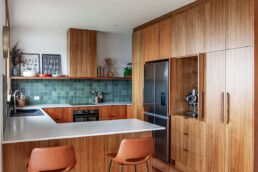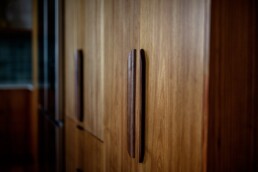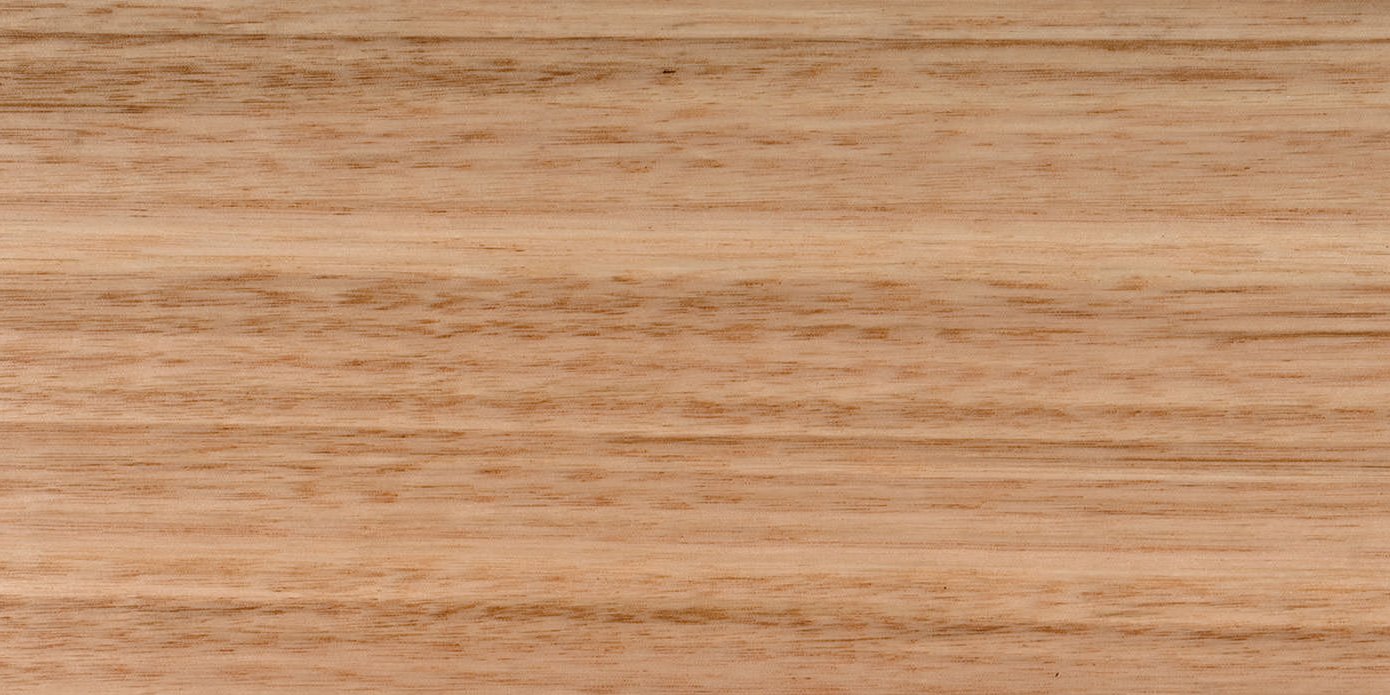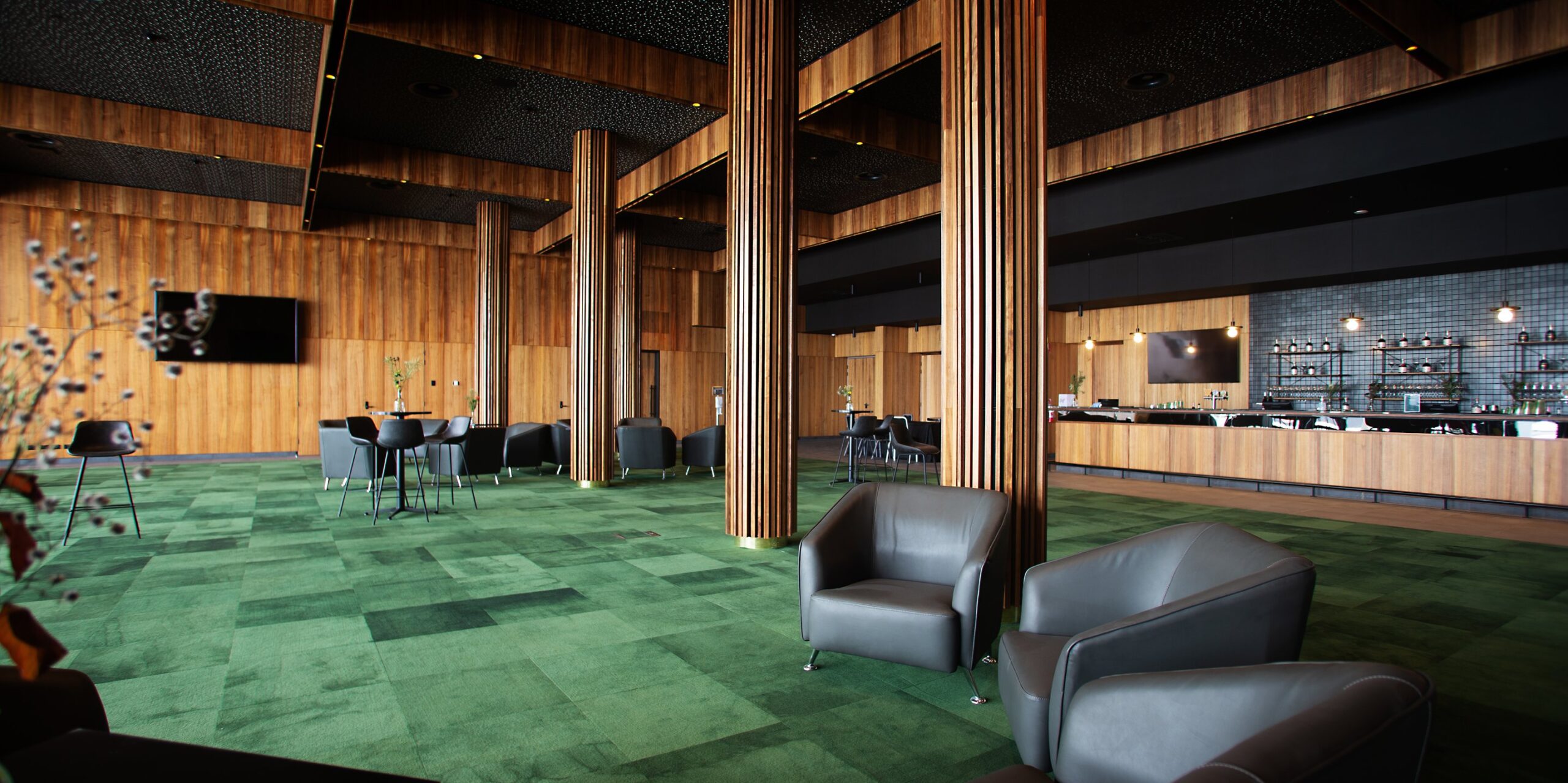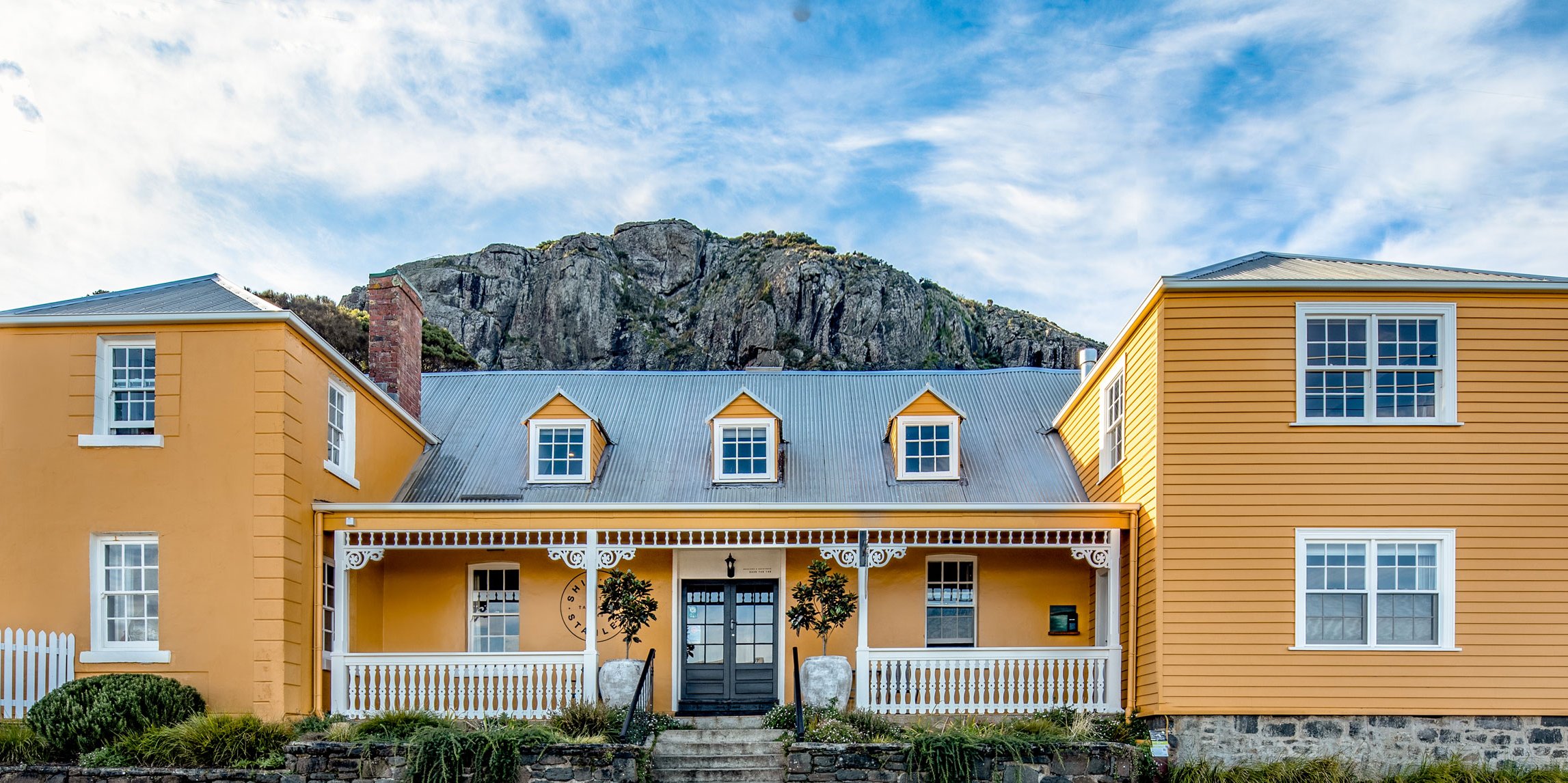Having been a part owner of an architecture studio, teaching classes at a local design school and having mastered the art of renovating and flipping houses (12!) Sarah has always looked at interior spaces with intrigue. Turning her passion for transforming spaces into her own business three years ago, she established interior design studio, Design Frank. With the word ‘frank’ meaning honesty, Design Frank signifies the integrity of craft behind each of Sarah’s creations. Her thriving business has now taken Sarah around the state to help others fulfill their design desires and create their own personal dream homes.
Working on a variety of projects over the years including residential and commercial fit-outs, Sarah’s approach to each project is hands on, ensuring her thoughtful touch is incorporated from start to finish.
“I have a lot of experience and a passion for project managing. I enjoy working alongside clients to find builders and other trades needed for a project and see it as a continuation of the design,” says Sarah Haberle, owner of Design Frank.
A modern take on the 70’s
Since Covid, Design Frank’s services have been in high demand for residential projects, including a retro kitchen that’s just been completed in Tasmania’s north-west. With a preference for a darker timber to match the theme of a 70’s style kitchen, Tasmanian Blackwood was chosen to be the feature.
“Timber was used heavily in the home’s original kitchen. We wanted to reincorporate it in a way that would be modern but still match the home’s original fabric. We changed the layout to make the space more practical for modern living and chose Blackwood veneer as it really suited the 70’s vibe.”
“We’re lucky in Tasmania to have many suppliers and trades right at our fingertips. We were going for a very specific look with the kitchen, so we were actually able to go straight to the timber supplier, Britton Timbers in Somerset, and handpicked the exact leaves of veneer we wanted. I always like to be hands on where I can so it was great to go to the source and hand select.”
Styles and trends
With a love for variety, Sarah’s portfolio is diverse in project type and style and she says that’s what helps keep her inspired.
“For anyone in a creative field of work, diversity in projects is what drives us, and I think it’s also key to loving your job. I love that my clients have different styles and tastes. Each project is an opportunity to discover and invest in a person’s preferences and likes to create something that’s completely unique,” says Sarah.
While each project is different, she says there’s one design trend that she hopes is here to stay.
“I’m a big believer in using timber, but especially in bathrooms. We’ve shied away from using timber in bathrooms in the past because of the high moisture content in bathrooms but our bathroom spaces have evolved, and you see a lot more windows, and fans in bathrooms than you ever used to,” says Sarah.
“We now get a lot of requests to create a spa-like bathroom in people’s homes and I think timber helps create that type of atmosphere. It’s trendy now to choose greys and whites for bathrooms so adding in a material like timber warms up the space especially when bathrooms are known for their cold and hard surfaces,” says Sarah.
A local preference
Incorporating timber into her projects where she can, Sarah says she frequently specifies Tasmanian species.
“In most of my bathrooms, I’ll use Tasmanian Oak but I’ve also used other Tasmanian species including a recent project where I used Sassafras. I work with an amazing local joiner called the Sawdust Factory who makes the most beautiful timber vanities using only Tasmanian timbers.
“Timber is inherently a natural product and has a natural colour which I think people are drawn to. People are looking for ways to bring the outside in and timber plays a big role in achieving that.”
“I’ve always used timber in projects and have been very fond of Tasmanian Oak, it’s just stunning. It’s a wonderful timber option and has a broad range of looks. Sometimes I like to experiment with Tas Oak that has a more streamlined look (classic) or other times I look for Tas Oak that has knots and veins and bit more personality (prime),” says Sarah.
